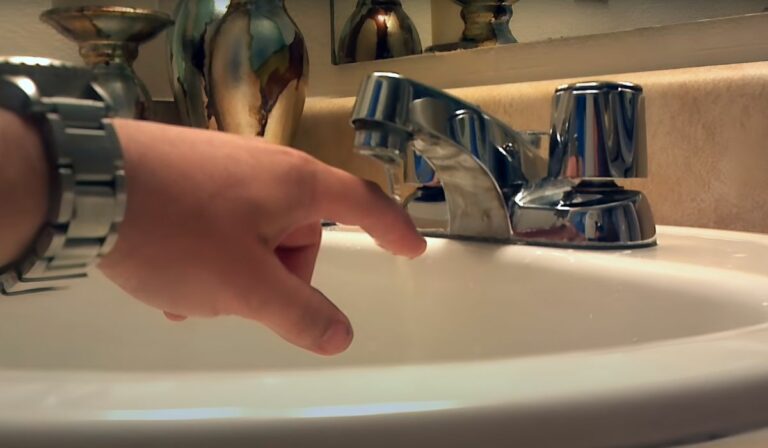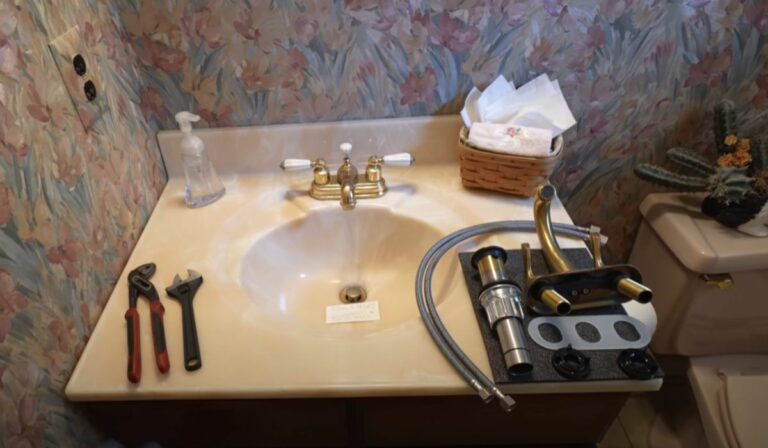How To Install Double Kitchen Sink Plumbing
Installing double kitchen sink plumbing might seem complicated at first, but with the right approach, you can tackle this project yourself. Whether you’re upgrading your kitchen or replacing an old system, understanding each step ensures a leak-free and efficient setup. In this guide, you’ll learn how to assess your current plumbing, gather the proper tools, and install each component with confidence.
Assessing Your Kitchen Plumbing Setup
Before diving into installation, take a thorough look at your existing plumbing. Check the condition and layout of the pipes, especially under the sink. Identify the location of the water supply lines and the existing drain setup. Confirm if your current plumbing can support two sink basins, or if you’ll need to make additional modifications. This initial assessment prevents surprises later on and helps you plan the work efficiently.
Gathering Necessary Tools And Materials
Having everything on hand before you start saves time and headaches. For double sink plumbing, you’ll need:
- Adjustable wrenches
- Pipe wrench
- Screwdrivers (flathead and Phillips)
- Plumber’s putty or silicone sealant
- PVC pipes and fittings
- P-trap assemblies
- Tailpieces
- Sink strainers
- Pipe tape (Teflon tape)
- Bucket and towels
If you’re installing a garbage disposal, also have electrical tools ready and the disposal unit itself. Quality tools and materials ensure your work lasts for years.
Preparing The Installation Area
Clear out everything under your sink to give yourself ample workspace. Turn off the water supply valves to prevent any accidental leaks. Position a bucket under the existing drain pipes before disconnecting them: you’ll likely encounter some residual water. Clean the sink drains and countertops to eliminate old putty or debris. Proper preparation reduces the chances of errors and speeds up the installation process.
Installing The Drain Assembly For Each Sink Basin
Start by fitting the sink strainers into each basin. Apply plumber’s putty underneath the flange of each strainer to create a watertight seal. Insert the strainer into the sink drain hole and tighten it from below with the locknut. Attach the tailpiece to the bottom of each strainer, these pipes will carry water from the sink to the trap assembly. Take your time to ensure all connections are snug, but avoid overtightening which can cause damage.
Connecting The Sink Drains To The Trap
Here’s where your double sinks come together. Use a T-shaped or wye fitting to connect the tailpieces from each sink basin to a single drain line leading into the P-trap. Make sure all connections are aligned without forcing pipes into place. Secure joints with slip nuts and washers, checking that seals fit properly to avoid leaks. Position the P-trap directly beneath the combined drain line: it’s critical for preventing sewer gases from entering your kitchen.
Installing The Garbage Disposal (If Applicable)
If your kitchen includes a garbage disposal, you’ll integrate it on one side, usually the larger basin. Remove the existing drain assembly on that side and prepare the sink flange for the disposal unit. Attach the disposal according to the manufacturer’s instructions, ensuring a flush fit and proper sealing with plumber’s putty. Connect the disposal outlet to the drain pipes, typically tying it into the T-fitting that joins both sink drains. Don’t forget to connect the disposal’s power supply safely, if unsure, consult a licensed electrician.
Testing For Leaks And Ensuring Proper Drainage
Once everything is assembled, it’s time to test. Turn on the water supply and let water run through both sinks. Watch carefully under the sink for any drips or moisture forming around joint connections. Flush the disposal (if installed) and listen for unusual sounds which might indicate misalignment. Tighten any suspect fittings and double-check seals. Proper drainage should be smooth without slow speeds or backflow. This step is crucial to avoid costly water damage and plumbing headaches.
Maintenance Tips For Double Kitchen Sink Plumbing
Keeping double sink plumbing in good shape involves simple habits:
- Regularly check under your sink for any signs of leaks or moisture.
- Avoid pouring grease or large food scraps down the drain.
- Clean strainers frequently to prevent blockage.
- Occasionally run hot water through the drains to clear buildup.
- If you installed a garbage disposal, run cold water while using it and avoid fibrous or hard items.
Routine maintenance extends the life of your installation and keeps your kitchen running smoothly.
Conclusion
By carefully assessing your setup, organizing your tools, and methodically installing each component, you can successfully install double kitchen sink plumbing yourself. This not only saves money but gives you control over your kitchen’s function and reliability. Remember, attention to detail during installation and regular maintenance are your best defenses against leaks and blockages. With these steps, your double sink plumbing will serve your home efficiently for years to come.


